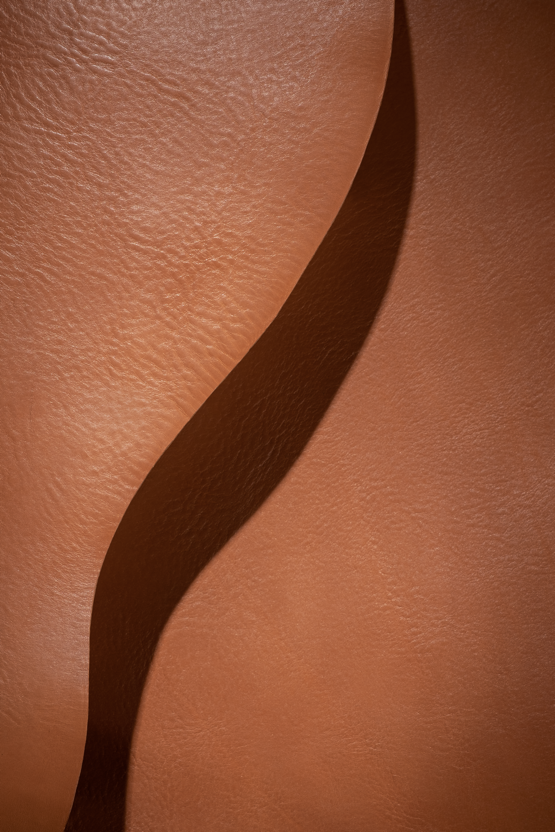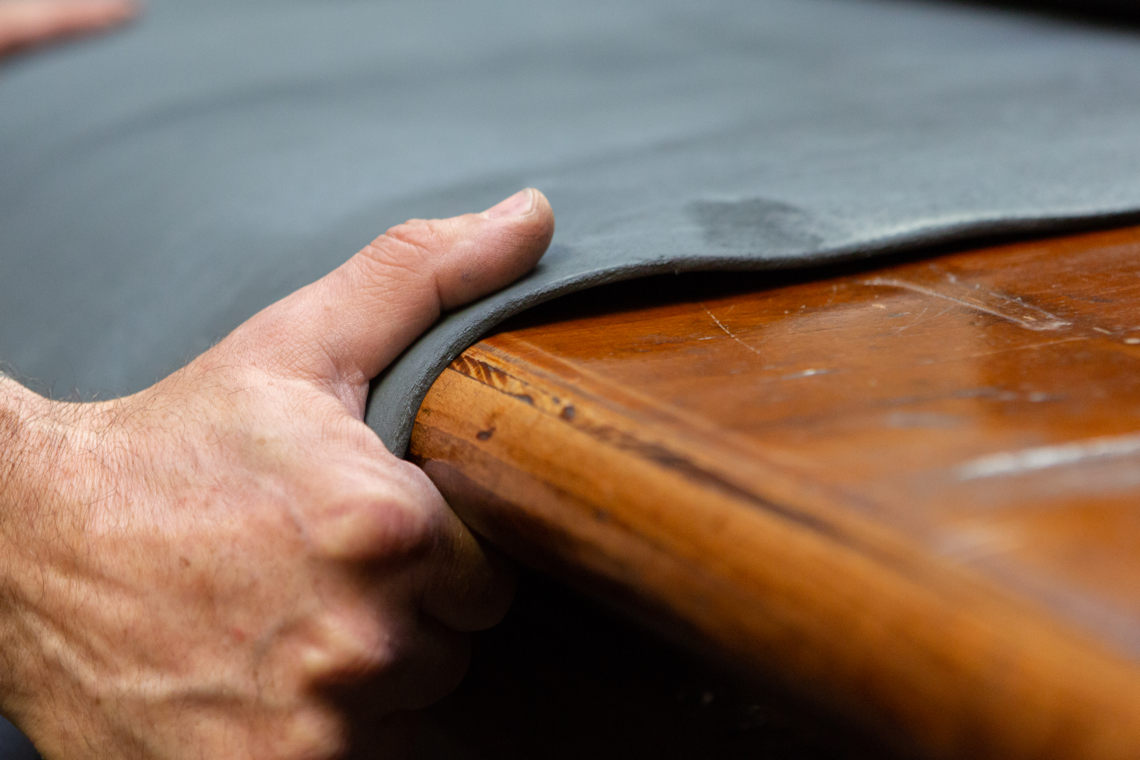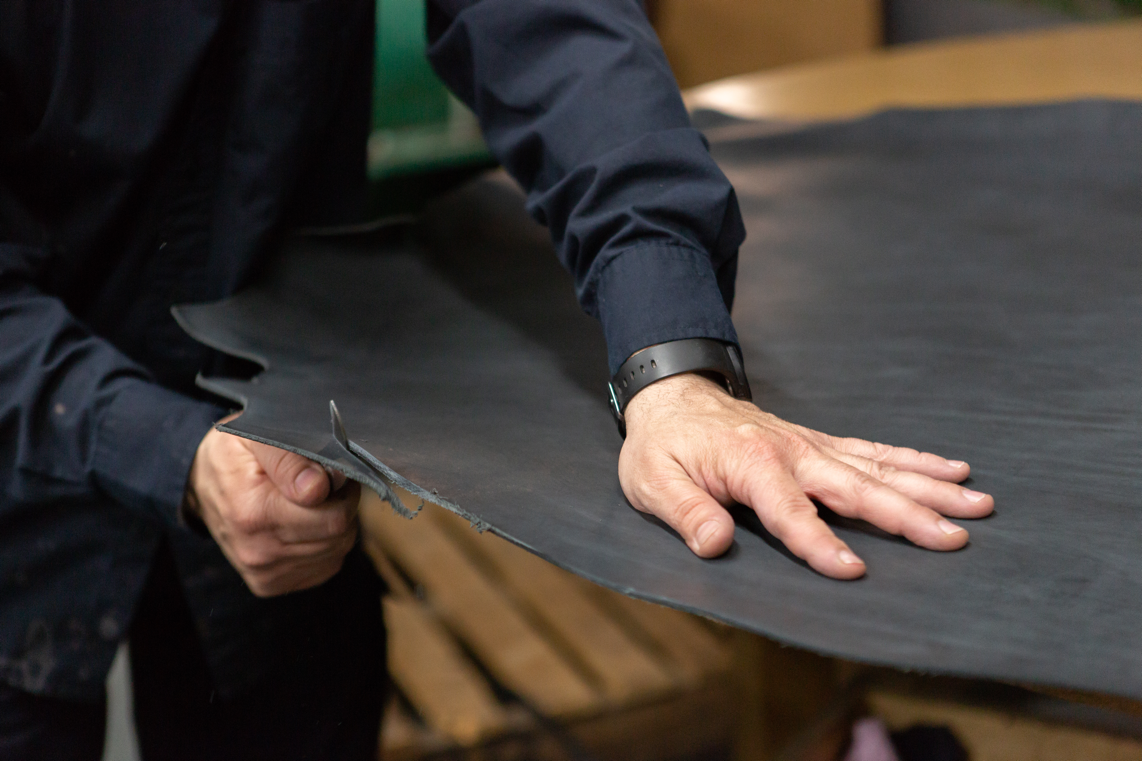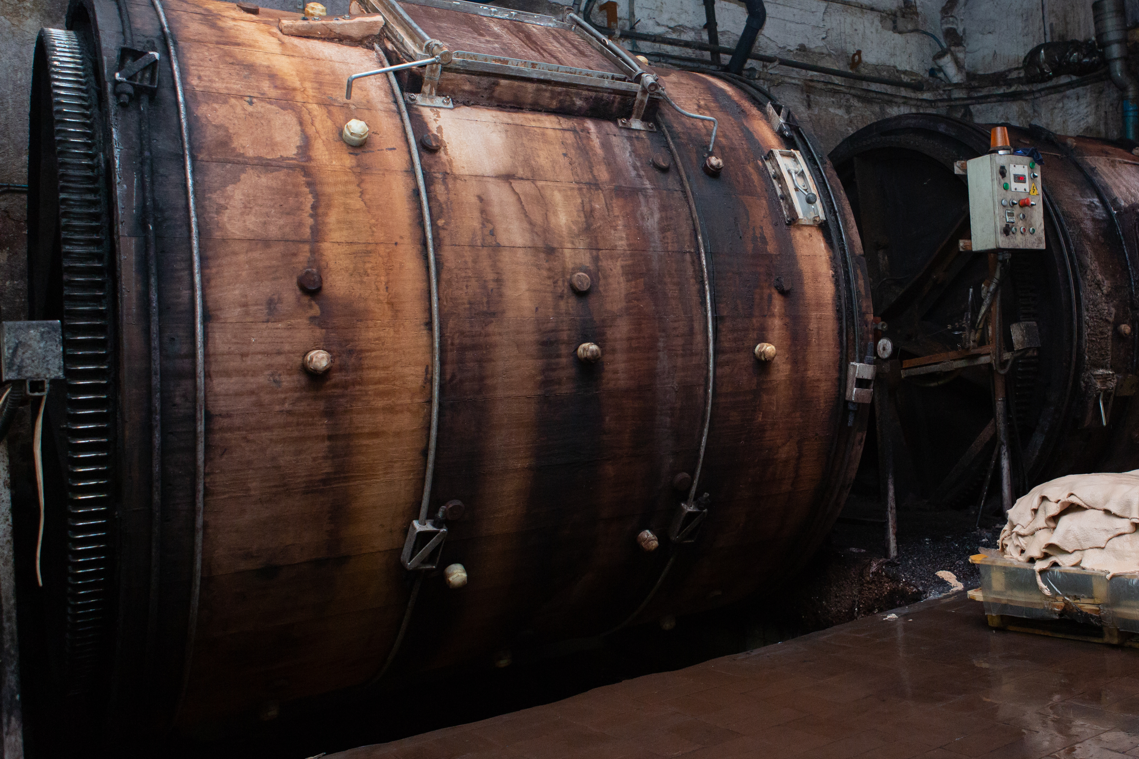Original content by: COTANCE
In August of this year, UN negotiations once again failed to develop a landmark treaty to end plastic pollution. Insurmountable differences of opinion between those nations seeking reductions in plastic production and those in favour of increasing recycling resulted in yet another deadlock in discussions that have been taking place since 2022. As we see every year with the COP negotiations, resolving differences of opinion and achieving global consensus on how best to protect the planet and people is a huge challenge. A significant factor is the often opposing views of the negotiating parties and their presentation of the evidence given to support those views. The failure of the plastics treaty and the challenges of COP show us the same truth: sustainability debates are skewed by narratives and numbers that obscure reality.
This obfuscation has also blighted perceptions of leather. Leather, durable, repairable, and deeply woven into our cultural identity, is one of humanity’s oldest materials. For millennia it has clothed, sheltered, and protected us. And yet, in today’s sustainability discourse, leather is largely misunderstood—sometimes vilified, often mismeasured, and rarely recognised for what it truly is: a renewable, circular byproduct of livestock farming. This manifesto seeks to correct that imbalance and to position leather as a positive, renewable biomaterial within a circular economy
The story that is told about leather is distorted. It is often assumed that cattle exist only to produce hides, ignoring their status as a byproduct of the meat and dairy industries. In this sleight of hand, leather’s role in creating value from what would otherwise be waste is erased. Leather is often conflated with industrial animal agriculture’s impacts—deforestation, methane emissions, water use. Reports and headlines frame leather as a driver of environmental harm, but this is a distortion born of flawed accounting.
Cattle are not raised for hides. They are raised primarily for meat and milk. Hides represent only a small fraction of the animal’s economic value; on average, only 1.5%. However, current Life Cycle Assessments (LCA) typically assign disproportionate emissions to hides and the resulting leather. This flawed methodology makes leather appear environmentally costly when, in fact, it is part of a circular system that valorises what would otherwise be waste. Each year millions of hides go unused—discarded into landfills or incinerated—precisely because of reduced demand for leather. To abandon leather is not to save a cow. It is to squander a durable, repairable material and replace it with synthetics derived entirely from fossil fuels.
The reality is that leather, when responsibly tanned, is a natural, renewable biomaterial with an unparalleled lifespan. A well-made leather product lasts decades, is repairable and biodegradable in ways other materials cannot emulate. Leather bridges utility and heritage: a boot that wears in, not out; a bag that can be passed down, not thrown away.
To treat leather as a sustainable material is not to deny its origin in livestock farming, but to recognise that, as long as meat and dairy are produced, hides will exist. The choice is not between leather and no leather but between using hides responsibly or wasting them and replacing them with fossil-based substitutes.
Leather embodies the principles of circularity. Leather extends the value of existing resources, prevents waste, stores carbon and offers durability that reduces consumption over time. Unlike synthetics, it develops character through age, repair, and reuse. Unlike plastics, it returns to the earth when its life is done.
Moreover, the value of leather is cultural as much as material. It carries histories of craft, artistry, and longevity. It resists the throwaway culture that plastics fuel. In a world awash with fast fashion and disposable products, leather reminds us that quality, function, beauty and respect for resources are still all an option.
Therefore, we, the undersigned organisations, again request the COP to endorse our call to:
- Recognise the cyclical, climate efficient nature of leather and its potential for a positive contribution to reducing the climate impacts of consumer products. In particular, a full and proper impact assessment of the unevidenced claim that leather is a driver of deforestation and the development of reliable measures of the lifespan of materials and products and their impact on consumption are required.
- Support LCA methodologies that accurately account for the environmental impact of all materials, in particular when by-products are compared to determining products, including end of life properties and the consequences of use and substitution.
- In keeping with the aspiration for reduced consumption, greater circularity and reduced waste, to promote ‘slow fashion’, durable bio-based materials and products, and items that can be used many times, repaired and refurbished, and last for years.
- Wherever feasible to encourage the use of natural renewable fibres like leather and reduce unnecessary reliance on fossil-fuel-based materials.
You can read the original article HERE.















